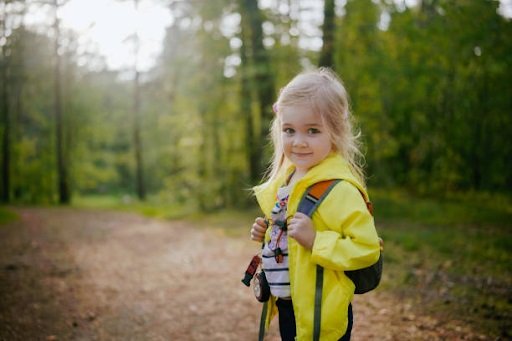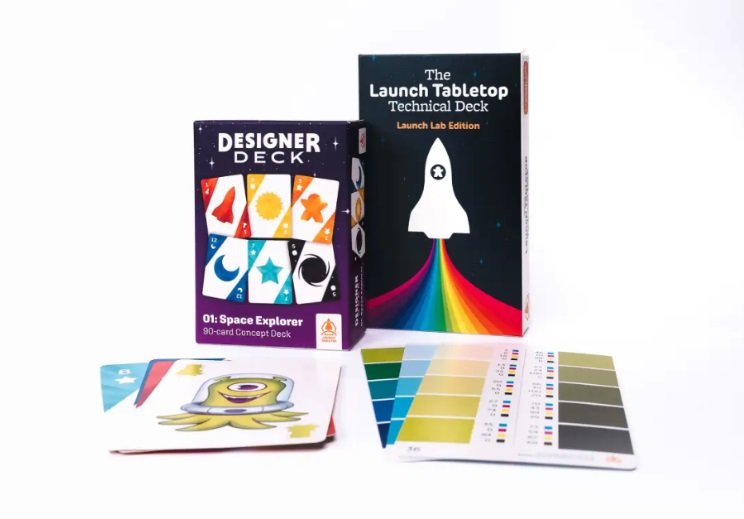Engaging Minds and Bodies: Active Learning Activities for Preschoolers

Preschoolers are at a stage of rapid development, where their minds are like sponges, soaking up knowledge and experiences. Keeping these young minds engaged through active learning activities not only fosters a love for learning but also promotes physical, cognitive, and social development. In this exploration, we uncover a treasure trove of active learning activities designed to captivate the curiosity of preschoolers, making the learning journey both fun and educational.
- Nature Scavenger Hunt:
Take learning outdoors with a nature scavenger hunt. Create a list of items for children to find, such as a smooth rock, a leaf, or a feather. These best active learning activities for preschoolers not only enhances observational skills but also connects preschoolers with the natural world.
- Obstacle Course:
Design a simple obstacle course using everyday items like hula hoops, cones, and cushions. Preschoolers can crawl under, jump over, and balance on these obstacles, developing motor skills, coordination, and spatial awareness.
- Storybook Yoga:
Combine literature with physical activity through storybook yoga. Select a favorite storybook and assign a yoga pose to each character or event. As the story unfolds, preschoolers can mimic the poses, promoting flexibility and imaginative play.
- Colorful Sorting:
Turn sorting activities into a lively affair by incorporating colors. Use objects like building blocks, toys, or even fruits and have preschoolers sort them by color. This not only reinforces color recognition but also hones fine motor skills.
- Musical Statues:
Play a game of musical statues by turning on upbeat music and encouraging preschoolers to dance. When the music stops, they must freeze like statues. This activity enhances listening skills and teaches self-control.
- Alphabet Hopscotch:
Transform the classic game of hopscotch into an alphabet adventure. Draw a hopscotch board with letters instead of numbers and call out a letter. Preschoolers must identify the letter and hop to it, making learning the alphabet an active experience.
- DIY Sensory Bins:
Create sensory bins filled with materials like rice, beans, or sand. Add small toys, letters, or numbers for preschoolers to discover. Engaging in sensory play not only enhances tactile exploration but also encourages imaginative play.
- Dance Freeze:
Combine dance and creativity with a game of dance freeze. When the music plays, preschoolers dance around, and when it stops, they freeze in place. This activity promotes listening skills, rhythm, and social interaction.
- Counting Jump:
Use numbered markers or draw numbers on the ground and encourage preschoolers to jump from one number to another while counting aloud. This activity blends physical movement with counting, reinforcing numeracy skills.
- Shape Scavenger Hunt:
Foster shape recognition by organizing a shape scavenger hunt. Ask preschoolers to find objects in the environment that match specific shapes. This activity encourages critical thinking and geometry awareness.
- Animal Yoga:
Introduce yoga poses inspired by animals. Preschoolers can imitate the movements and sounds of animals like cats, dogs, frogs, or butterflies. This not only enhances flexibility but also introduces children to the diversity of the animal kingdom.
- Name Jump:
Write the letters of each child’s name on separate pieces of paper and scatter them on the floor. Call out a name, and the child must find and jump on the letters in the correct order. This activity reinforces letter recognition and sequencing.
- Rainbow Hop:
Create a rainbow using colored construction paper circles and place them on the floor. Each color corresponds to a specific action, such as hopping, skipping, or twirling. Preschoolers can follow the rainbow, engaging in various movements.
- Puzzle Play:
Choose age-appropriate puzzles and turn the activity into a physical challenge. Scatter the pieces around the room and encourage preschoolers to find and piece together the puzzle. This promotes problem-solving skills and hand-eye coordination.
- Balloon Volleyball:
Inflate balloons and use a soft balloon as a volleyball. Preschoolers can hit the balloon back and forth, developing hand-eye coordination and gross motor skills. This activity also introduces the concept of teamwork.

Conclusion:
Active learning activities for preschoolers not only contribute to their physical well-being but also lay a solid foundation for cognitive and social development. The combination of movement, exploration, and play creates a holistic learning experience, fostering a positive attitude toward education. As educators and parents, incorporating these activities into daily routines can transform learning into a joyful journey for preschoolers, setting the stage for a lifelong love of exploration and discovery.












